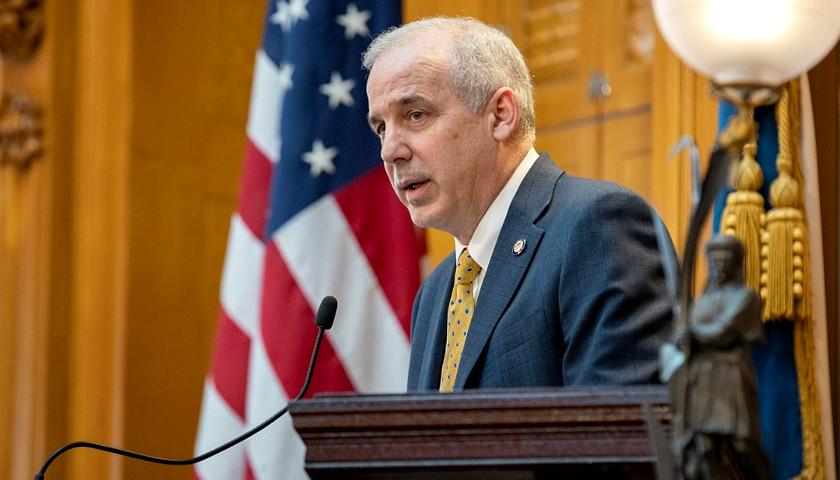by J.D. Davidson
The Ohio Senate and House, along with Republicans and Democrats, agreed on rail safety issues in the state’s proposed transportation budget. But there were other differences.
The nearly $13.5 billion budget that unanimously passed the Senate on Thursday funds state and local road and bridge construction, improvements and repair maintenance. House Democrats said that version negatively impacts working Ohioans, labor unions and competitive bidding.
The Senate-passed budget includes a force account option, which Senate Republicans say would establish a spending limit for projects that can be done with municipal, county or township employees and save taxpayers money.
A force account lets a local government use the account to do in-house projects without bidding. It allows those governments to establish account limits or use a higher statutory default limit that is based on the National Highway Construction Cost Index, according to a news release from Sen. Stephanie Kunze, R-Hilliard.
“This saves taxpayer money and simply helps get things done,” said State Senate President Matt Huffman, R-Lima. “Sometimes smaller projects can be completed in-house and this saves additional costs that would be charged by a contractor.”
The House passed its version in early March by a 74-21 vote but failed to pass the Senate version late Thursday afternoon on a 79-16 vote, sending the budget to a conference committee to work out the difference.
State Rep. Bride Rose Sweeney, D-Westlake, called the Senate version promising but said certain amendments unjustly rewrite the rules on competitive construction bids, impacting working people, labor unions and potentially allowing billions to be unfairly awarded to projects.
“While the Senate version of the state transportation budget still does a lot of good, we have more work to do in the conference committee,” Sweeney said. “I am very grateful that the Senate recognized the importance of keeping our bipartisan rail safety reforms that put the people of Ohio first.”
As previously reported by The Center Square, the rail safety additions quickly became part of the budget following a Feb. 3 Norfolk Southern train derailment in East Palestine, Ohio that sent toxic chemicals in the air, ground and water.
The guidelines require wayside defect detectors every 10-15 miles require the Public Utilities Commission of Ohio to study and submit a report within 90 days regarding the best practices for hot boxes and bearing temperature failure detectors and evaluate the need for cameras along tracks.
– – –
An Ohio native, J.D. Davidson is a veteran journalist at The Center Square with more than 30 years of experience in newspapers in Ohio, Georgia, Alabama and Texas.
Photo “Stephanie Kunze” by State Senator Stephanie Kunze. Photo “Matt Huffman ” by The Ohio Senate. Photo “Bride Rose Sweeney” by State Representative Bride Rose Sweeney. Background Photo “Ohio Statehouse” by General Ization. CC BY 3.0.





